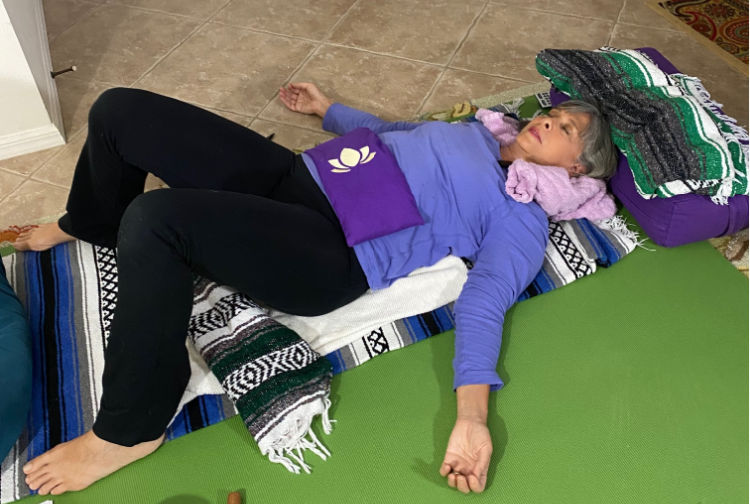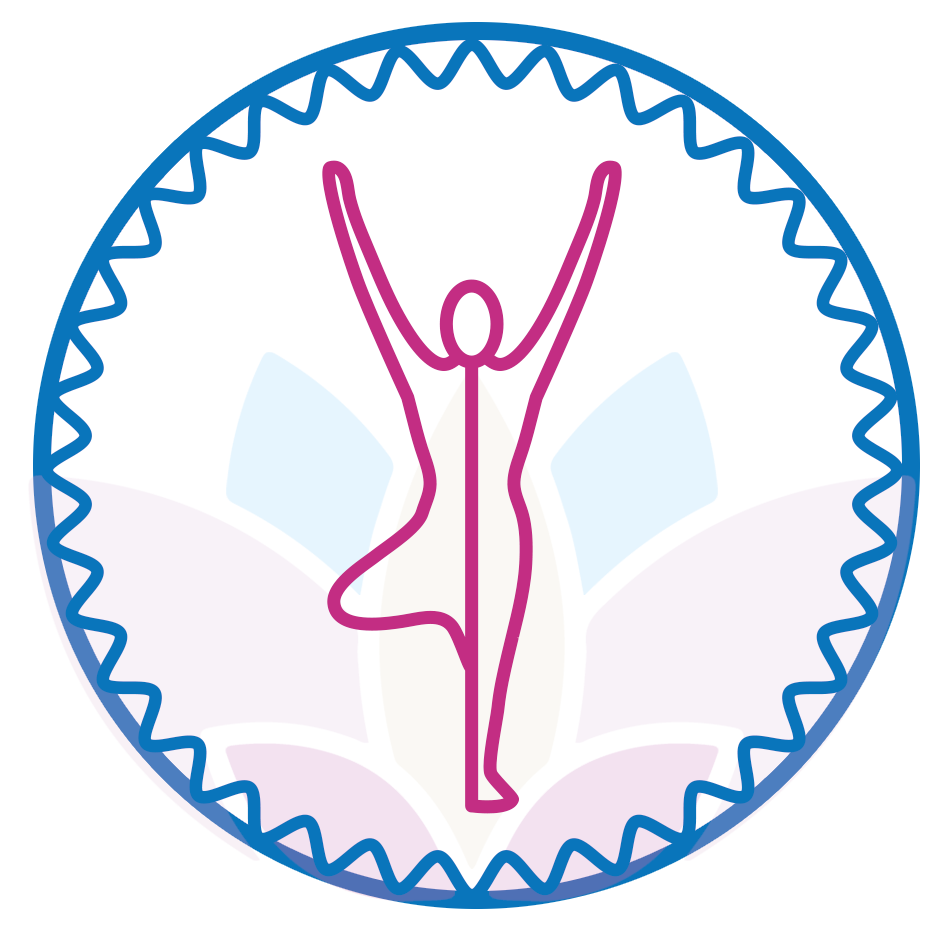
Which nervous system is controlling your life and your healing?
Have you noticed that when you want to learn something, you have an easier time retaining the information and following through on what you have learned? Timing of knowledge, I am realizing, is so important when it comes to healing. In other words, you need to be ready to go to the next step of understanding. I am ready to learn about the last frontier of healing and that is our nervous system. Are you?
I only recently started seriously exploring the relationship between our nervous systems and chronic illness and pain. Even though I have been aware of the connection between the two for years. In fact, I learned much about the release of cortisol and its effects on inflammation during my Health Coaching Certification training program, but somehow I felt like I was only touching the surface of the connection and I really did not fully understand how to integrate this knowledge into healing practices. Then I started exploring the Vagus Nerve through yoga training and the HeartMath Institute and that has deepened my understanding of the connection.
It is beyond mind/body because most people consider “the mind” just the brain (our thoughts). But through the understanding of Polyvagal Theory, I now understand the brain is most often controlled by the autonomic nervous system (ANS). When the ANS is working well, you feel connected, curious, compassionate, and safe. When the ANS becomes dysregulated for many reasons which we will explore in another article, your autonomic nervous system senses danger everywhere and you either end up in a “fight or flight” state or even worse a total “shutdown” state.
A quick primer on the Autonomic Nervous system might be helpful here. We have three unique pathways of our ANS, many of us are aware of two of them— parasympathetic (rest and digest) and sympathetic systems (fight or flight), but there is a third pathway, the Dorsal Vagus “shutdown” nerve, which is ironically part of the parasympathetic system. While all three are there to guarantee our survival, there is a hierarchy to them in terms of safety, service, and anatomy.

Exploring the Role of Your Nervous System in Healing
Dorsal Vagus Nerve “The Path of Last Resort”
Let’s start at the bottom with the third pathway. The Dorsal Vagus Nerve (sometimes known as the “primitive vagus”) is considered our most prehistoric part of our nervous system. As part of the parasympathetic system, when it is in the “non-reactive role” it controls our digestion. However, when it is activated during serious trauma or an event that feels life-threatening, it sends signals to our body to hide, freeze, and shut down.
In the book I am reading, The Polyvagal Theory in Therapy by Deb Dana, this is known as the immobilized state and if you have ever experienced it like I did when I had surgery in 2019, you will recognize these symptoms. Known as the Vaso Vagal response, your blood pressure drops dramatically, you can barely understand words, your face gets a blank look on it and you freeze. You find yourself in a state of disassociation.
Sometimes the imprint of this trauma can remain with you long after the event has ended resulting in this system activating during other events. You literally feel “scared to death” during the daily stresses of normal living. Anatomically, the Dorsal Vagus Nerve is found close to your digestive system up to the middle of your back. Health issues associated with an overactive dorsal vagal response include an impaired immune system, chronic lack of energy, and digestive issues. Psychologically one might experience depression and withdrawal from social connections.
Sympathetic “Protection by Movement”
Moving up the body and the evolutionary hierarchy is the sympathetic nervous system. In a balanced state, it serves an important role to work with our Ventral Vagus system to regulate our heart and breathing and to help the Dorsal system with our digestion. We need this system to activate our arms and legs.
One of the most fascinating things I learned about this system, is that it is tied to our hearing and seeing. When it gets activated by a perceived or real threat like a tiger, our hearing senses low-frequency sounds. In other words, we stop hearing human voices and start hearing sounds of impending danger. We also misread people’s facial expressions, i.e. a neutral face appears to be an angry face.
As our cortisol is released, we can no longer sit still. We start to pace, tap our feet, sit a bit more stiffly, and scan the room for danger. Does this sound like someone you know? I can now tell when I get into this “sympathetic storm” state. This can happen to most of us throughout the day when we are faced with perceived threats such as a driver cutting us off, a friend or family member saying or doing annoying things, or in a workplace environment. But when it is constant, it wreaks havoc on our health.
As Deb Dana puts it, “In a sympathetic state, danger lurks everywhere, and coming into connection is too big a risk. The world is an unfriendly place.” Health issues associated with an over-active sympathetic system include inflammation, weight gain, hormonal imbalances, sleep disorders, sugar cravings, and adrenal fatigue. Psychologically one might experience anxiety disorders, brain fog, and anger issues.
Ventral Vagus “Safe and Social”
The third and most recent part of our ANS is the Ventral Vagus Nerve. It is the pathway to our heart. It supports the feeling of connection and safety. It seeks opportunities to connect with others because it is our biological imperative to live in groups. In this state, we can feel calm, happy, engaged, interested, passionate, relaxed but active. Some researched ways to activate our Ventral Vagus nerve include any fun activities with loved ones or in nature, or through Yoga, breathing practices, and meditation. What happens physiologically is your heart rate slows, your eyes soften and your voice attracts others to you. You feel safe and social. During this time of COVID19 social isolation, our entire ANS has become dysregulated, making it is even more important to practice methods at home for toning the Ventral Vagus Nerve. When we are in balance with our three systems, we develop an embodied sense of well-being.

I am offering several ways to tone your Ventral Vagus nerve. My Wednesday evening Restorative Yoga class at 7 pm is held on the 2nd and 4th Wednesdays of the month. Click here for more information. My private Health Coaching and HeartMath Coaching program online through zoom also uses many tools to help you find ways to balance the three parts of your nervous system. A client recently told me, “Just hearing your voice makes me feel better.” Find out more here.
And I am pleased to announce that starting this month, I am offering a Free Online Group meditation as part of the international WeAddHeart movement. It is connected with HeartMath but does not require the use of HeartMath technology. It is the 4th Wednesday of the month on Zoom at 8:05 pm ET (right after my Restorative Class). While you do not have to sign up for my $10.00 yoga class to be part of the FREE meditation, it might just be the perfect combination to help you feel safe and social. It is FREE, but I do need you to sign up through this EventBrite link.
Namaste,
Andrea

Andrea Trank
239-634-0739
andrea@heavenlanecreations.com
HeavenLaneCreations.com



Thanks, darling.
A wonderfully informative article.
Love you,
Dad